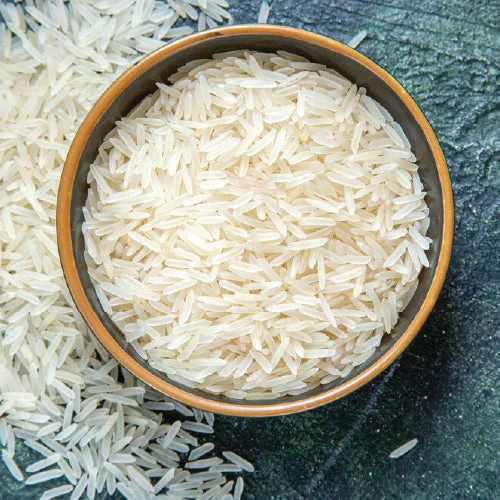
Sona Masoori Rice 25 Kgs
Sona masoori Rice
₹1684.00
Rice is a staple food consumed by billions of people worldwide. It is a versatile grain that serves as a primary source of energy and nutrition in many cultures. Here's a detailed overview of rice, including its types, nutritional content, culinary uses, and more:
Types of Rice:
Long-Grain Rice:
Examples: Basmati, Jasmine
Characteristics: Grains are long and slender; they remain separate and fluffy after cooking.
Medium-Grain Rice:
Examples: Arborio, Valencia
Characteristics: Grains are shorter and wider; they become tender and slightly creamy when cooked.
Short-Grain Rice:
Examples: Sushi rice, Italian risotto rice
Characteristics: Grains are short and round; they become sticky and cling together when cooked.
Specialty Rice:
Examples: Black rice, Red rice, Wild rice
Characteristics: These varieties have unique colors, flavors, and textures and are often used in specialty dishes.
White Rice:
Processing: Husk, bran, and germ are removed, leaving only the starchy endosperm.
Characteristics: It has a mild flavor and is often enriched with vitamins and minerals.
Brown Rice:
Processing: Only the husk is removed, retaining the bran and germ.
Characteristics: It has a nuttier flavor and chewier texture and is more nutritious than white rice.
Parboiled Rice:
Processing: The rice is partially boiled in the husk, which helps retain nutrients.
Characteristics: It has a firmer texture and is less sticky than regular white rice.
Health Benefits
**1. Energy Source:
Carbohydrates: Rice is a primary source of carbohydrates, providing energy for daily activities.
**2. Digestive Health:
Fiber: Brown rice and other whole-grain varieties contain more fiber, which helps with digestion and maintaining healthy bowel movements.
**3. Gluten-Free:
Dietary Needs: Rice is naturally gluten-free, making it suitable for individuals with celiac disease or gluten sensitivity.
**4. Nutrient-Rich Varieties:
Whole Grains: Brown rice, black rice, and red rice provide additional nutrients and antioxidants that support overall health.
Cultural and Traditional Uses
**1. Global Staple:
Versatility: Rice is a staple food in many cultures, including Asian, Latin American, and Middle Eastern cuisines.
**2. Festive and Ritual Uses:
Cultural Significance: In many cultures, rice is used in religious ceremonies and celebrations, symbolizing prosperity and abundance.
Storage and Preservation:
Uncooked Rice: Store in a cool, dry place in an airtight container to keep it fresh. White rice can be stored for up to 2 years, while brown rice has a shorter shelf life of about 6 months.
Cooked Rice: Store in the refrigerator for up to 4-6 days or freeze for longer storage.